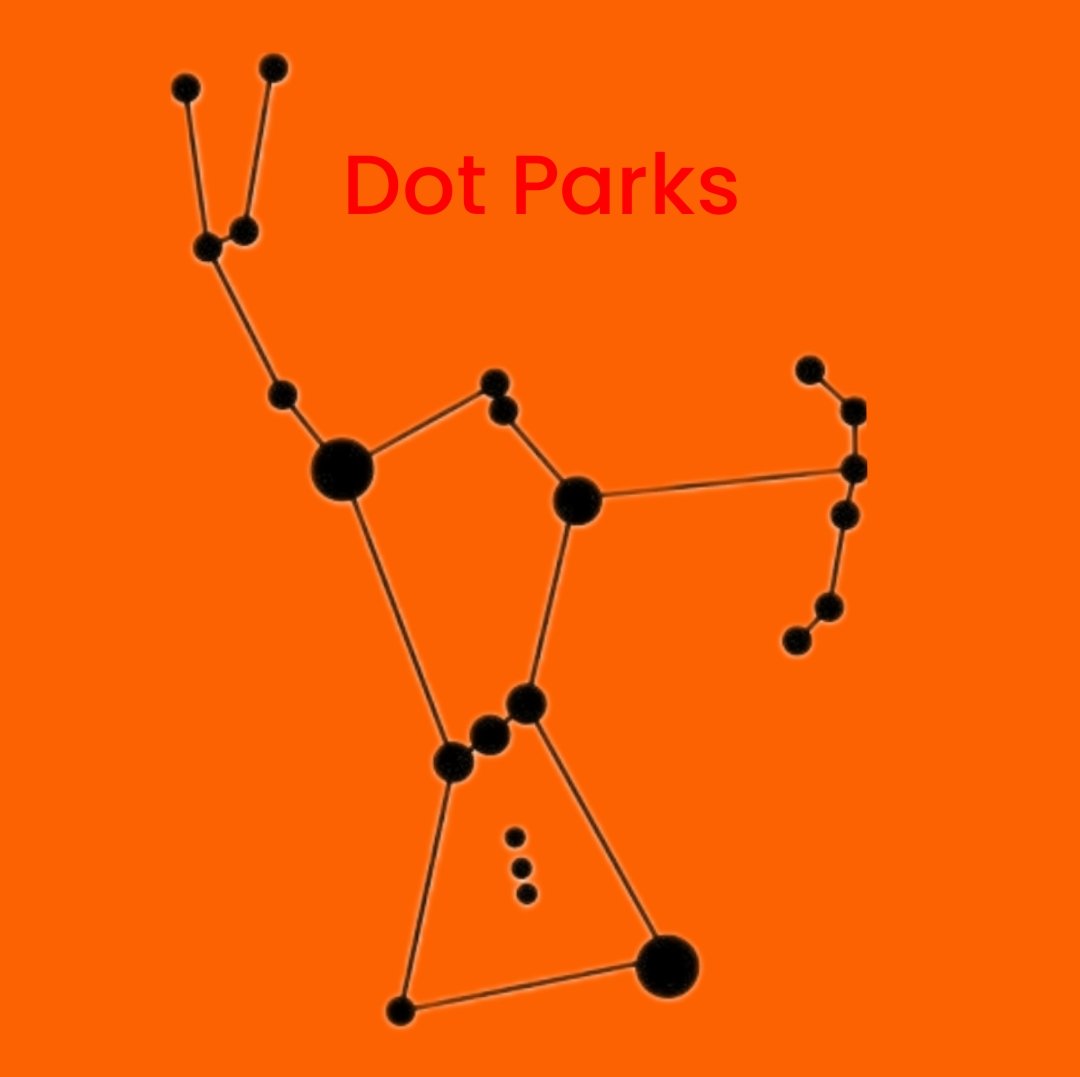Brownian Movement:
Brownian movement, also known as Brownian motion, is the random motion of particles suspended in a fluid (liquid or gas), resulting from their collisions with the fast-moving molecules of the fluid. It was first observed by the botanist Robert Brown in 1827 when he observed pollen grains moving randomly in water.
The phenomenon is caused by the continuous and random bombardment of fluid molecules (such as water molecules in the case of particles suspended in water) on the suspended particles. These collisions cause the particles to move in a zigzag or erratic manner, with no preferred direction, and they can be observed under a microscope.
The underlying cause of Brownian motion is the kinetic energy of the fluid molecules, which results from their thermal motion. This motion causes the particles to experience random forces from all directions, leading to their unpredictable movement.
Brownian motion has since been explained and quantified by the mathematical framework of statistical mechanics, which describes the behavior of particles in terms of probabilities and statistical distributions. The study of Brownian motion has applications in various fields, including physics, chemistry, biology, and finance.

Brownian Movement:
The Brownian movement theory has several natural similarities with other phenomena and theories in science:
- Random Motion: Brownian motion is characterized by the random movement of particles suspended in a fluid. This randomness shares similarities with other random processes observed in nature, such as the random motion of molecules in a gas (diffusion) or the random fluctuations of stock prices (Brownian motion in finance).
- Statistical Mechanics: Brownian motion is closely related to the principles of statistical mechanics, which describe the behavior of systems composed of a large number of particles. Many phenomena in nature, such as the distribution of molecular velocities in a gas or the behavior of particles in a magnetic field, are described using statistical mechanics.
- Thermal Motion: The underlying cause of Brownian motion is the thermal motion of molecules in the fluid. This thermal motion is a fundamental concept in physics and is relevant to many other phenomena, such as the expansion of materials when heated or the behavior of particles in a plasma.
- Diffusion: Brownian motion is a type of diffusion process, where particles move from regions of high concentration to regions of low concentration due to random motion. Diffusion is a fundamental process in nature and is responsible for phenomena such as the mixing of substances in a solution or the spread of pollutants in the atmosphere.
- Stochastic Processes: Brownian motion is an example of a stochastic process, which is a mathematical model that describes the evolution of random variables over time. Stochastic processes are used to model a wide range of phenomena in science and engineering, including fluctuations in population sizes, fluctuations in stock prices, and the movement of particles in a fluid.
Overall, the natural similarities of the Brownian movement theory lie in its connection to other fundamental concepts in physics and mathematics, such as randomness, thermal motion, diffusion, statistical mechanics, and stochastic processes. These connections help scientists understand and model a wide range of phenomena observed in nature.

Brownian Movement:
Yes, the Brownian movement theory is relevant to various aspects of life and biological systems. Here are some ways in which Brownian motion theory intersects with life:
- Cell Biology: In biological systems, Brownian motion plays a crucial role in various cellular processes. For instance, molecules within a cell undergo Brownian motion, which influences processes such as molecular transport, protein-protein interactions, and the movement of organelles within the cell.
- Drug Delivery: Understanding Brownian motion is essential in drug delivery systems. Nanoparticles or drug molecules suspended in a liquid medium experience Brownian motion, which affects their diffusion and distribution within the body. This understanding helps in designing more efficient drug delivery systems.
- Biophysics: Brownian motion is central to the field of biophysics, where researchers study the physical principles underlying biological processes. For example, the movement of molecules on cell membranes, the behavior of proteins in solution, and the dynamics of DNA molecules are all influenced by Brownian motion.
- Ecology: In ecology, Brownian motion models are used to describe the random movement patterns of organisms, such as animals searching for food or dispersing seeds. Understanding these movement patterns helps ecologists study population dynamics, species interactions, and the spread of diseases.
- Evolutionary Biology: Brownian motion models are also used in evolutionary biology to understand the random fluctuations in trait evolution over time. By incorporating Brownian motion into evolutionary models, researchers can analyze how traits diversify within populations and species over generations.
Overall, Brownian motion theory is not only relevant to physics and chemistry but also intersects with various aspects of life and biological sciences. Understanding the principles of Brownian motion helps elucidate the dynamics of biological systems at different scales, from molecular interactions within cells to the movement patterns of organisms in ecosystems.

Brownian Movement:
Brownian motion theory was not “invented” by a single individual but rather observed and explained by multiple scientists over time. The phenomenon was first observed by the Scottish botanist Robert Brown in 1827 while he was studying pollen grains suspended in water. He noticed that the pollen grains exhibited erratic, random motion under the microscope.
However, it was the French scientist Jean-Baptiste Perrin who provided the first quantitative explanation of Brownian motion in the early 20th century. Perrin conducted extensive experiments to study the motion of tiny particles (such as pollen grains or droplets of oil) suspended in liquids. He demonstrated that the observed motion could be explained by the random collisions of fluid molecules with the suspended particles, providing experimental evidence for the kinetic theory of gases.
Perrin’s work laid the foundation for the modern understanding of Brownian motion and its connection to the thermal motion of molecules in fluids. His research earned him the Nobel Prize in Physics in 1926 for his contributions to the understanding of the structure of matter, including his work on Brownian motion.

Brownian Movement:
Humans can use Brownian movement theory in various practical applications across different fields. Here are some examples:
- Drug Delivery: Understanding Brownian motion helps in designing more efficient drug delivery systems. Nanoparticles or drug molecules suspended in a liquid medium experience Brownian motion, which affects their diffusion and distribution within the body. By incorporating Brownian motion principles, researchers can develop targeted drug delivery systems that can precisely deliver drugs to specific tissues or cells.
- Particle Characterization: Brownian motion is utilized in particle characterization techniques such as dynamic light scattering (DLS) and nanoparticle tracking analysis (NTA). These techniques measure the fluctuations in scattered light caused by Brownian motion to determine the size, distribution, and concentration of particles in a sample. This information is crucial in various fields, including pharmaceuticals, environmental science, and materials science.
- Microscopy and Imaging: Brownian motion can be used in microscopy techniques such as single-particle tracking to study the dynamics of individual molecules or particles in biological systems. By tracking the Brownian motion of fluorescently labeled molecules or nanoparticles, researchers can gain insights into processes such as molecular transport, protein-protein interactions, and intracellular dynamics.
- Brownian Ratchets and Motors: Brownian motion principles are employed in the design of Brownian ratchets and motors, which can convert random thermal motion into directed motion. These devices have potential applications in nanotechnology, where they can be used to transport and manipulate nanoparticles or molecules on a microscopic scale.
- Stochastic Processes in Finance: Brownian motion is widely used in financial modeling and the pricing of financial derivatives. It forms the basis of the geometric Brownian motion model, which describes the random fluctuations in asset prices over time. By incorporating Brownian motion into financial models, analysts and traders can make informed decisions about investment strategies, risk management, and portfolio optimization.
Overall, the understanding of Brownian motion theory allows humans to develop innovative technologies and applications across various fields, ranging from healthcare and materials science to finance and nanotechnology.

The Brownian movement theory has contributed to advancements in various fields that are characteristic of advanced civilizations. Here’s how it matches with some peaks of civilization:
- Science and Technology: Brownian motion theory is a fundamental concept in physics and has contributed to the advancement of scientific knowledge. It has led to breakthroughs in fields such as particle physics, nanotechnology, and biophysics. Understanding Brownian motion has enabled the development of advanced technologies such as drug delivery systems, particle characterization techniques, and single-particle tracking methods, all of which are essential for modern healthcare, materials science, and biotechnology.
- Medicine and Healthcare: Brownian motion theory plays a crucial role in drug delivery systems and pharmaceutical research. By understanding the random motion of particles in fluids, researchers can design more effective drug delivery mechanisms that target specific tissues or cells. This has led to the development of advanced treatments for various diseases and medical conditions, contributing to improved healthcare outcomes and longer life expectancies in advanced civilizations.
- Finance and Economics: Brownian motion theory has applications in financial modeling and risk management. It forms the basis of stochastic processes used to model asset prices and fluctuations in financial markets. By incorporating Brownian motion into financial models, analysts and economists can better understand market dynamics, price movements, and investment strategies. This knowledge is essential for maintaining stable economies and managing financial risks in advanced civilizations.
- Nanotechnology and Materials Science: Brownian motion theory is relevant to the field of nanotechnology, where researchers manipulate and control particles on a microscopic scale. Understanding Brownian motion allows scientists to design nanoscale devices, sensors, and materials with specific properties and functionalities. These advancements have applications in fields such as electronics, energy storage, and environmental monitoring, contributing to technological innovation and economic growth in advanced civilizations.
Overall, the principles of Brownian motion theory have intersected with various peaks of civilization, including advancements in science, technology, medicine, finance, and materials science. Its applications have contributed to the progress and prosperity of advanced societies by enabling the development of innovative technologies, improving healthcare outcomes, and enhancing our understanding of complex systems.
Read More Interesting Story:
https://dotparks.com/football-game/
https://dotparks.com/transformers/
https://dotparks.com/ludo-game/
https://dotparks.com/capacitor/
https://dotparks.com/what-is-transistor/
https://dotparks.com/zener-diode-in-mobile-motherboard/
https://dotparks.com/ants-community/


I don’t think the title of your article matches the content lol. Just kidding, mainly because I had some doubts after reading the article.
Thanks for sharing. I read many of your blog posts, cool, your blog is very good.
Your point of view caught my eye and was very interesting. Thanks. I have a question for you. https://www.binance.com/id/register?ref=GJY4VW8W
Your article helped me a lot, is there any more related content? Thanks!
Your article helped me a lot, is there any more related content? Thanks!
Your point of view caught my eye and was very interesting. Thanks. I have a question for you.
Can you be more specific about the content of your article? After reading it, I still have some doubts. Hope you can help me.
Thanks for sharing. I read many of your blog posts, cool, your blog is very good.
Can you be more specific about the content of your article? After reading it, I still have some doubts. Hope you can help me.
Your article helped me a lot, is there any more related content? Thanks!
Thank you for your sharing. I am worried that I lack creative ideas. It is your article that makes me full of hope. Thank you. But, I have a question, can you help me?
Thanks for sharing. I read many of your blog posts, cool, your blog is very good. https://accounts.binance.info/lv/register-person?ref=SMUBFN5I